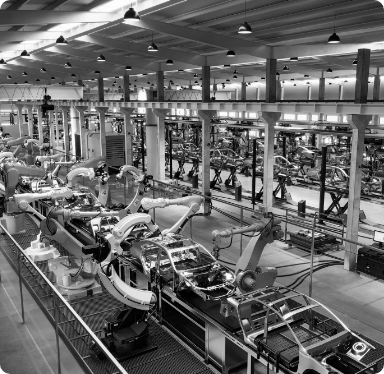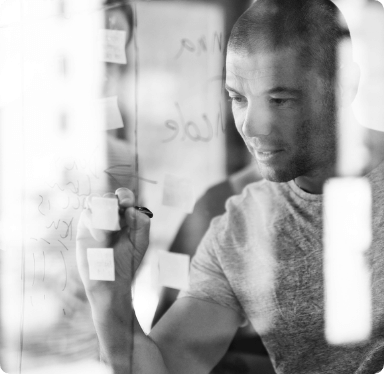How to Combine Lean and Digital Capabilities to Create Innovative Solutions in Today’s Business Environment
The world is changing faster than ever before. New service offerings hit the market quickly and replace those which have been comfortably around for decades.
 WhatsApp has virtually removed all profit that mobile phone providers make from SMS.
WhatsApp has virtually removed all profit that mobile phone providers make from SMS.- Uber’s taxi service is already available in 81 countries (March 2017) with local taxi companies all over the world going out of business as a result.
- Netflix wiped out all the DVD rental shops in the space of a couple of years.
- Airbnb‘s growth is a major threat to the global hotel industry. In the summer of 2016 almost 17 million people stayed with an Airbnb host which is 353 times what it was five years previous.
What do these service propositions have in common?
There are three key attributes that spring to my mind:
- Simplicity for the customer
- Financially cheaper or better value for the customer
- Breakthrough digital technology
This begs the question:
Is Continuous Improvement as we know it really enough to give an organisation the competitive edge? Improving our cost base by 5-10% year-on-year is commendable but is focussing on this alone enough? For a private sector organisation this simply results in doing the same but marginally better – good enough in today’s consumer-driven world?
This is why our organisation, Reinvigoration, are now using lean transformation alongside digital capability in our Innovate Workshops, thus pushing the boundaries of what can be achieved.
 Our Innovate Workshops are structured in three high-level steps
Our Innovate Workshops are structured in three high-level steps
1. Understand the current end-to-end service in place
Understanding the current end-to-end service can be done using more conventional lean techniques such as Value Stream Mapping, Value & Failure demand analysis and Waste Identification (both process and service wastes). This gives everyone an understanding of what happens and who is involved in the end-to-end.
Before we move to the second stage of the workshop, we liaise with different customers and stakeholders of the service and ask what perfect would look like specifically for them.
 2. Defining the art of the possible / What does perfect look like?
2. Defining the art of the possible / What does perfect look like?
Defining the art of the possible is the uncomfortable stage for the whole group. We ask ourselves what really is the value we are trying deliver? How can we only deliver value? How can we deliver whenever the customer wants it?
We forget about constraints or restrictions. We challenge ourselves to create innovative solutions and illustrate this with drawings. This is our Ideal State.
 3. With all of our combined capabilities (including digital) what can the next future state be and how can we get there?
3. With all of our combined capabilities (including digital) what can the next future state be and how can we get there?
It’s important to have a mixture of skills and experience in the group for this stage as we are trying to get as close to our ideal state as possible. Technology experience is key if we are to leverage cutting-edge digital solutions and use these within our service delivery design.
How simple can we make the service for the customer? What can be delivered to the customer in real-time? The third stage of the Innovate workshop takes the most time starting high-level and then eventually creating the finer levels of detail ready for stakeholder presentation.
Is your organisation ready to be challenged? I personally have been astounded by the solutions now in development from the two recent workshops with clients. Feel free to contact me to find out more or just to give me some feedback on this blog.
